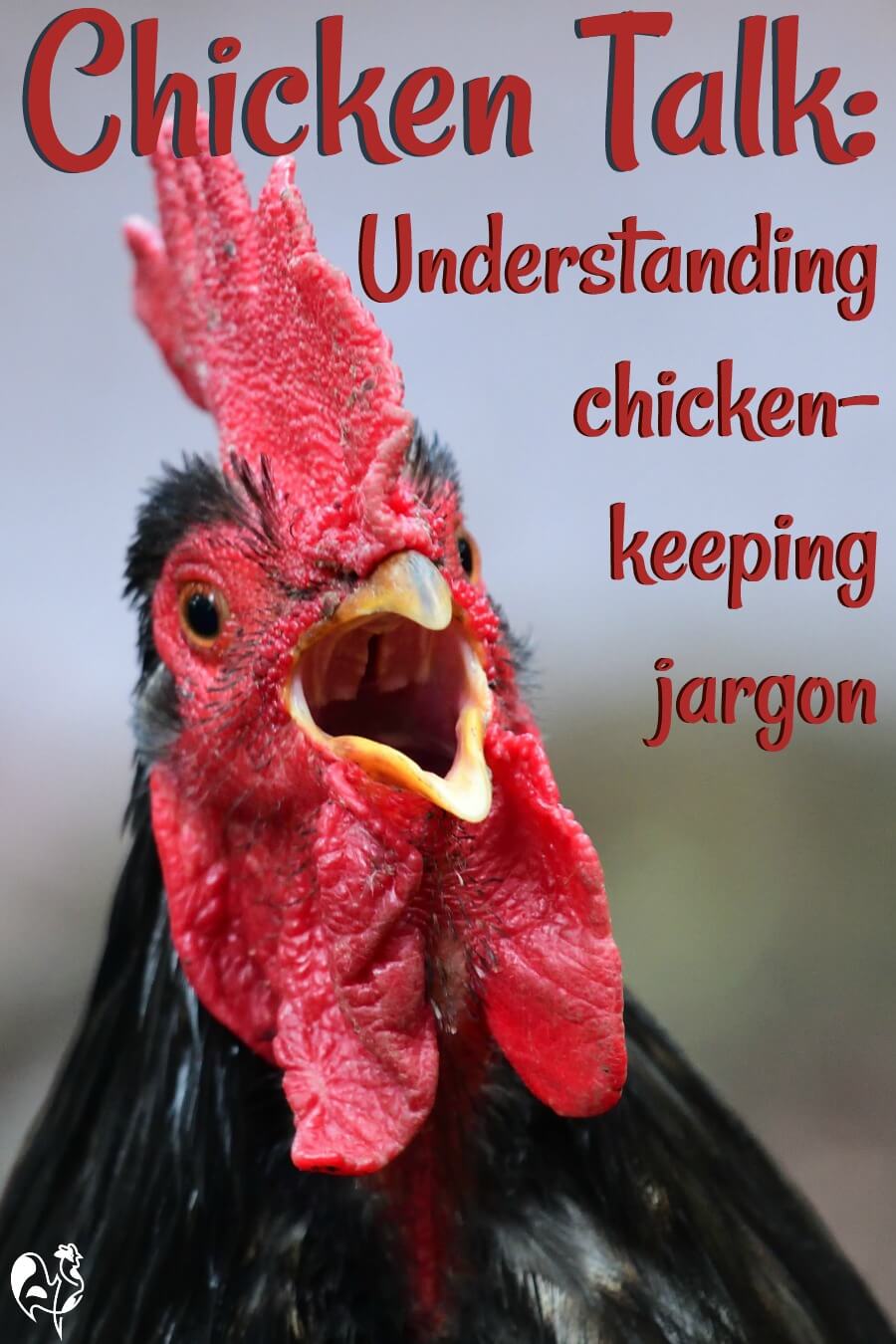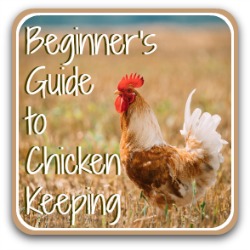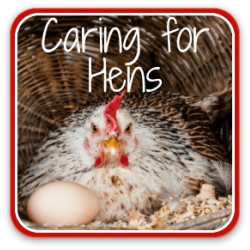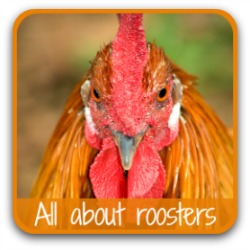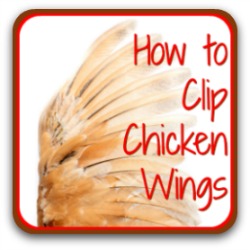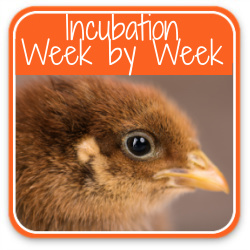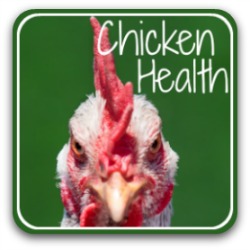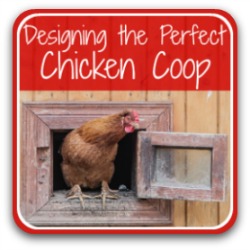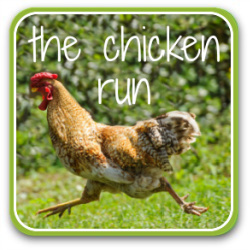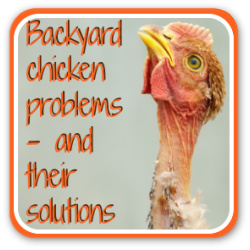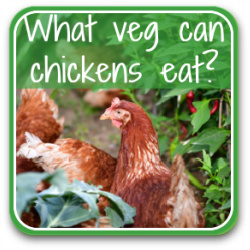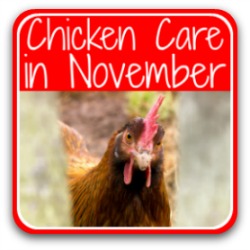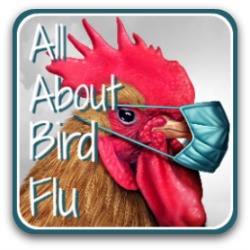- Home
- Beginner's Guide
- Words and Phrases
Chickens and hens - a guide to 'talking poultry'.
Ever wanted to know the difference between chickens and hens but been too scared to ask?
Well, now you don't have to. I translate the jargon into understandable language so that you too can talk chicken!
When I first began keeping chickens there were a lot of words which everyone else in the chicken world seemed to understand - but for me, it was like speaking a different language.
I didn't like to ask because I thought I'd sound stupid.
I learned the hard way - by trial and error. So that you don't have to, I've made a list of words and phrases which, if you're just starting out, it will help you to know.
Of course in time, these words will become as much a part of your language as any other - and you'll then be able to help out others new to keeping chickens.
It's by no means comprehensive, but it's a start.
If there are particular words you need to look up, it may help you to skip straight to the appropriate section. Use the links below.
Roosters, cockerels, chickens and hens - poultry language.
|
Poultry |
The generic word used for all types of domesticated chickens, turkeys, ducks and geese. From an old French word, 'pouletrie', from which the word 'pullet' is also derived. |
|
Fowl |
Another word for poultry. |
|
Chick |
A newly-hatched, baby chicken! |
|
Chicken(s) |
Technically, this is the word for the species; within that species there are then males (cockerels or roosters) and females (pullets or hens). In everyday use this is the word people use to describe their 'flock', whether male or female. |
|
Pullet |
A female chicken less than one year old. |
|
Hen |
An adult female chicken (over one year old). Sometimes used to describe the whole flock, whether male or female. |
|
Broody hen |
An adult female who has a strong desire to incubate eggs. |
|
Rooster |
The generic American word for a male chicken. Sometimes shortened to "Roo" - which can confuse Australians, as that's also the shortened name for a Kangaroo! The word 'rooster' is becoming more widely used in other parts of the world, mainly due to the influence of American films, books and websites. |
|
Cockerel |
In England, this is the word used most often when talking about any male chicken. In America, it's sometimes used for a male chicken aged under a year old. |
|
Chook |
An Australian slang word for a chicken, sometimes also used in the UK. |

What chickens and hens look like - body language.
|
Comb |
The fleshy crest on a chicken's head. Often, but not always, red, and can be many and varied shapes. Can be susceptible to frostbite. |
|
Wattles |
The fleshy skin hanging down from a chicken's face. Often, but not always, red. Size will depend on the age and breed of bird. |
|
Crop |
A small pouch in a chicken's throat, where food is stored to be ground up for digestion. Impacted or 'sour' crop is a condition where the bird's crop becomes impacted, often by long grass or weeds, and feels squishy to the touch. |
|
Spur |
A small, sharp spike on the back of a cockerel / rooster's leg. Sometimes removed in back yard flocks. |

Chickens, hens and babies - brooding and raising chicks.
|
Broody hen |
An adult female who has a strong desire to incubate eggs. |
|
Incubator |
Used to incubate and hatch eggs under controlled conditions when there is no broody hen available. |
|
Candler |
An intense beam of light used to look at fertile eggs as they develop during incubation. Can be bought or home-made. |
|
Candling |
Holding an egg against a bright beam of light to test whether or not it is fertile and developing. |
|
Chalazer |
The stringy bits of tissue, part of the egg white which stabilises the yolk and holds it in place in the centre of the white. |
|
Lock down |
The period three days before hatching when the incubator should not be opened and the eggs should not be touched, to allow for a successful hatch. |
|
Brooder |
A place where newly hatched chicks are kept in controlled conditions until they reach the fully feathered stage of life. |
|
Electric hen |
A safe method of heating the space for new born chicks, using an infra red light or electric brooding device to simulate the warmth provided by a mother hen. |

Food and drink in the world of chickens and hens.
|
Starter feed or chick crumbs |
A high protein, commercially produced food for chicks from new born to about eight weeks old. |
|
Grower feed |
Still high protein but now with added calcium, this is food for chickens between the ages of eight and eighteen weeks. |
|
Layer feed |
Food for adult egg-laying hens after eighteen weeks of age. Comes in different types from small flakes (called 'mash' in the USA) to pellets. |
|
Scratch |
The chicken equivalent of McDonald's - they love it! This should be fed very sparingly - it is high energy food, mostly corn, but doesn't contain many nutrients. |
|
Grit |
What chickens need to help digest their food. Free ranging birds will get this naturally from tiny stones or pieces of gravel they pick up whilst feeding. All flocks should be given access to a bowl of grit which they will take when they instinctively know they need it. |
|
Oyster shell |
A supplement to their usual feed for egg-laying hens to ensure their calcium levels are good. Should be fed separately to their everyday feed. |
|
ACV |
Apple Cider Vinegar: can be added in small amounts to drinking water to improve health. Find more information about it, here. |

Chickens and hens in the coop - living arrangements.
|
Chicken coop |
The place where chickens live! Also known as a chicken house or hen house. |
|
Chicken tractor |
A movable run, with or without a hen house attached, to allow a flock to be moved about whilst kept safe from predators. |
|
Droppings board |
A piece of (usually) wood placed under the perches in a coop to catch the droppings, making cleaning easier. |
|
Roost |
The place where chickens perch at night. "To roost" is the instinctive act of chickens finding their roosting place at dusk. |
|
Run |
Where chickens go to forage and play during the day. A fenced in area, as opposed to a free range which is unrestricted. |
Are there any words or phrases in the world of chickens and hens which are not on this list which you don't understand but don't like to ask about in public? No problem - just contact me, and I'll try to help.
Sources : To be clear about meanings of these words, which can sometimes be used loosely to mean different things, they were all checked against the Oxford English dictionary online - the English, World and American versions.
Where would you like to go now?
- Home
- Beginner's Guide
- Words and Phrases
